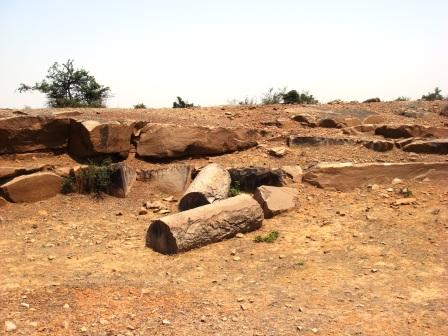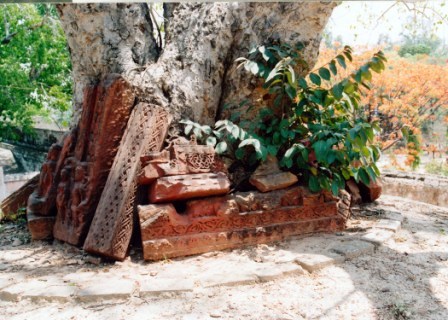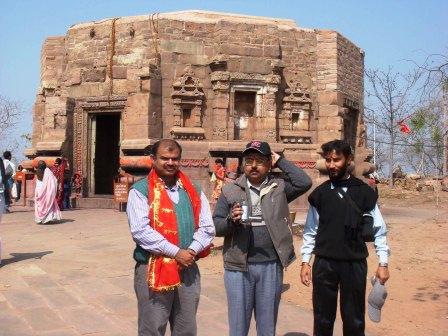Survey & Documentation
The main objective of this feature is to document and preserve our heritage for the future generations to witness, admire and appreciate the ethos of Indian Culture, as numerous precious components are already lost and many are on the verge of extinction in the current fast changing scenario. Therefore, the Photo and Video documentations of the important places and events existing in and around one of the oldest living cities Varanasi, also known as Banaras and Kashi, are the ongoing activities of Jnana-Pravaha being carried out under this feature. Various cultural aspects, like the ghats, temples, buildings, different forms of arts and crafts, sculptures, paintings, fairs, festivals, lifestyle, etc. are being surveyed and documented. The survey team of the Institution visits various known or unknown sites of historical and cultural importance from time to time to explore and understand their prospects for further probing and fresh research in the times to come. During this continuous cognitive operation that commenced right from the inception, the survey team of Jnana-Pravaha suddenly bagged an incredible achievement when it discovered and brought to light a new inscription of Emperor Ashoka located in the hills of Kaimur range at Ratanpurwa, Bhabhua district (Bihar), now termed as Basaha Inscription by the Archaeological Survey of India, in January 2009. Jnana-Pravaha published it first as a monograph immediately following the discovery. The details about the discovery and the inscription itself are available at this site under a separate section termed as NEW DISCOVERY.








